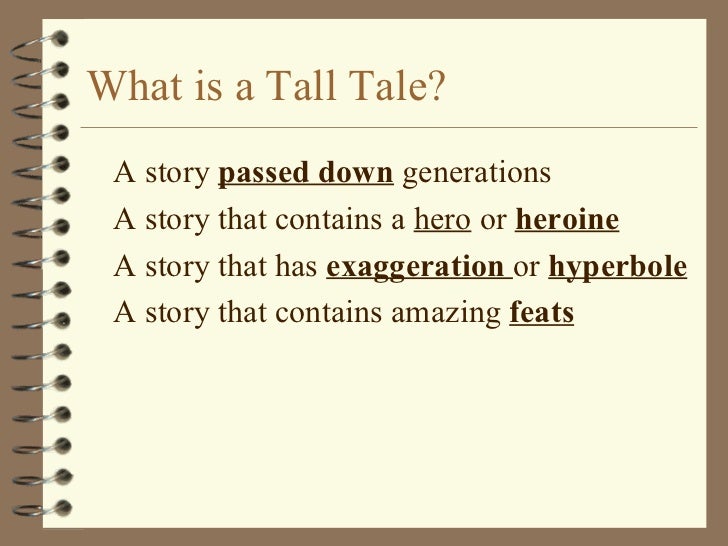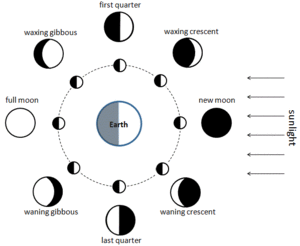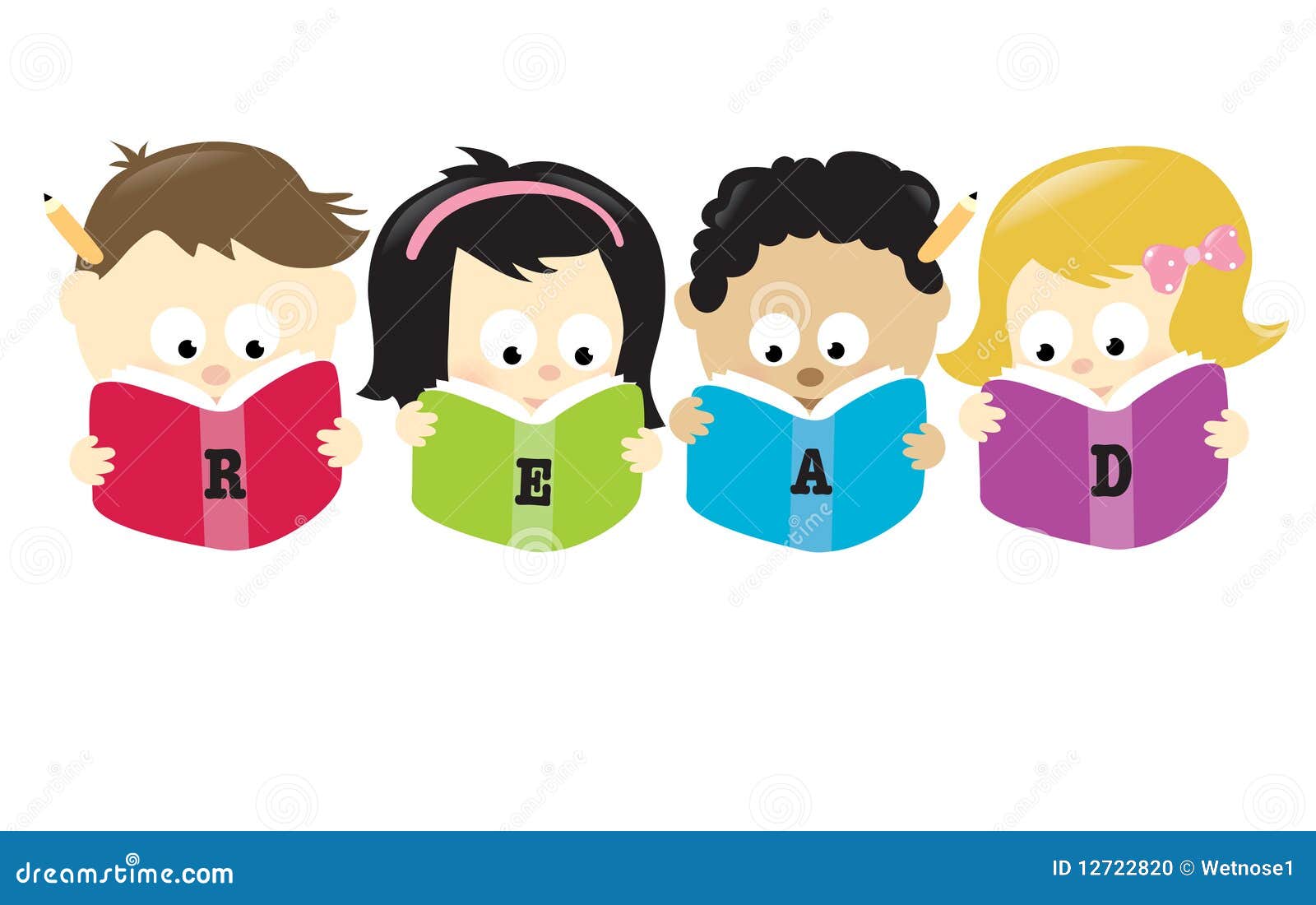
In January, students will be immersed in learning about folktales in our third Language Arts Unit. Students will discuss the importance of knowing the characteristics of different genres so that they will be better readers. Knowing the characteristics of genres enables students to set expectations about what they will be reading. For instance, in realistic fiction, although the story is fiction, the characters experience real problems and solutions. The setting is real. The dialogue that occurs in the story is what would be expected in every day conversations.
Once students have discussed the characteristics of various genres, then students will learn the characteristics of folktales. First they will explore tall tales and identify the characteristics associated with tall tales.

Students will read several tall tales, like Paul Bunyan and The Bunyans. After reading these two stories, students will compare and contrast these stories.

Students also had the opportunity to read Pecos Bill and discuss the characteristics of this tall tale.

Following these stories, students will read some international folktales. The class will read The Seven Chinese Brothers and discuss the genre characteristics of this story.

After students read this story, they will summarize it. This will be followed by discussing the theme and lesson in the story. In addition, students will also read the book, The Five Chinese Brothers.


After reading these two stories, students will compare and contrast them.

In writing, students will write a narrative story about a lesson a character learned.

Students will have the opportunity to read and listen to stories in which the characters learned a lesson. Some stories that have a lesson learned are the following:

.jpg)
The lessons learned in these texts are easy for students to understand and inspire them to undertake their own story about a lesson learned using their background knowledge.
Mathematics
The class is learning about fractions in January. The students first start the unit by folding paper into halves, fourths, eighths, thirds and sixths.

Then students will apply this knowledge of fractions by using a number line and dividing the number line into fractional parts.
Following this, students will discuss equivalent fractions.
Science
Students will keep a moon log for a month to understand the phases of the moon.

Students will learn the names of the phases and come to understand various facts about the moon. The students are very curious and enthusiastic about this unit.













